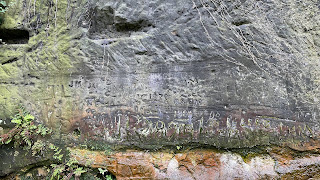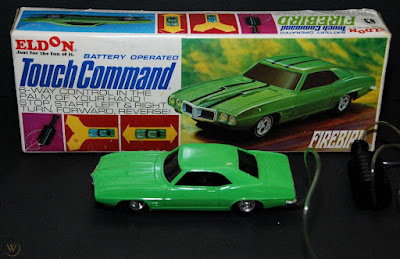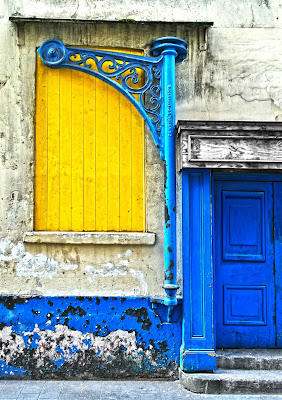Woodsy's mention of the Hotspur Press building reminds me of my fascination with both derelict buildings, but also with those inaccessible, interstitial places, that are so often seen from a vehicle window, such as on a train or bus.
Just along from the Hotspur Press near Deansgate Station is a confluence of several bridges and a canal network. Seen next to the sweeping chrome and glass office buildings, the cast iron pillars and girderwork of the victorian industrialism is striking. There are railway and road bridges and a footbridge across the canal, all nestled in together.
On the railway journey to Moonbase, the train goes through industrial Lancashire and into darkest Yorkshire with gorgeous country all along the way. I spend ages happily snapping away with my phone, as so often, many of the sights are not visible from the road and not accessible by foot.
Last week, I decided to take a day to myself and explore some of the areas in Liverpool, which are either overlooked or off the beaten path.
One of my favourite parts of Liverpool is the cemetery behind the Anglican Cathedral in the Georgian Quarter. dating from 1829, the cemetery was built into an old quarry and has tiered walls filled with sarcophagi and internments. Now it is a haven for nature and a wonderful calm resides at the place with birds nesting among the monuments. Access is by one of the old working tunnels, lined with grave stones.
The walls near the tunnels still carry graffiti left by the masons and also from hands passing through along the centuries.

The cemetery has a rich and varied history and is notable for a spring which issues from the wall. The water runs endlessly and was remarked upon for its health giving properties. While I was there, I tried a cupful and found it clean and clear and quite refreshing.
At the centre of the site is a large turreted tower, which forms the monument to William Huskisson, a Liverpool dignitary and benefactor, who had the misfortune to be killed during the inaugural run of Stephenson's Rocket at Edge Hill Station. While enjoying a brief stop at the station, Huskisson left a passenger train on a nearby line, along with other politicians to marvel at the new invention. The Rocket was approaching the stop on the other line and after being alerted to its approach, the other people quickly climbed aboard the carriage, or left the track area. Huskisson who was not in the best of health and by all accounts a bit of a ditherer, was slow to react and as the Rocket approached, braking hard to avoid the man, he attempted to climb back onto the carriage, but the door swung him back into the path of the train, where he was hit and dragged under the wheels, mangling his leg. He died that afternoon from his injuries.
http://www.stjamescemetery.co.uk/


Liverpool's rich merchant and exploration history is celebrated with a massive sculptural installation at the entrance to the city. The Face of Liverpool, is a huge monument with a portal which looks out towards the mouth of the Mersey River. Around it are set smaller sculptural elements, celebrating other luminaries and the wall next to the scuplture has a morse code message embedded into it, reading 'permission to come alongside'.
Liverpool's industrial and maritime heritage is visible everywhere, from the huge ventilation towers for the Mersey Tunnel, tucked between the rows of houses and the ornate cranes and hoists, used to lift bales and goods into the warehouses around the city.
One of my favourites is near the rear door of one of the oldest pubs in Liverpool, The Slaughterhouse, which I originally photographed back in 2007 (blue/yellow 2007) and I made a special trip to Back Castle Street to find it had received a facelift and more sombre colouring! (above 2023)
Part of the inspiration for my Liverpool walk was a recent trip to London. A city absolutely crawling with history, it was impossible to turn a corner without seeing something new to photograph.
The back alleys of Soho and Camden reminded me of my home town and where we stayed, was near the site of the Great Fire of London.
The hotel was a modern build, but immediately behind it, tucked away behind the modern offices, was a lovely old church, with a tower built by Sir Christopher Wren.
Again, the building was a haven for nature, with squirrels and birds living in the trees among the walls.
As night fell, it was quite easy to imagine a street scene lit by gaslamps and hooded figures stalking the narrow alleys!
London is a photographers paradise and I was not alone in my fascination for the sights, almost everyone had a camera and vintage photography proved very popular too!
I snapped this stealthy snapper outside the Old Bailey on the way home!














































.jpg)


